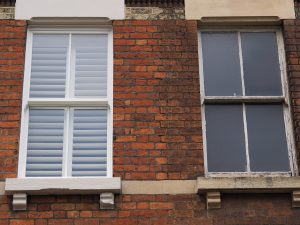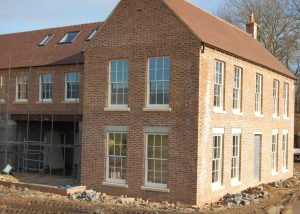Facts about Suffolk
History
The Anglo-Saxon settlement of Suffolk, and East Anglia generally, occurred on a large scale. Possibly following a period of depopulation by the previous inhabitants, the Romanized descendants of the Iceni. By the fifth century, they had established control of the region. The Anglo-Saxon inhabitants later became the “north folk” and the “south folk”. From which developed the names “Norfolk” and “Suffolk”. Suffolk and several adjacent areas became the kingdom of East Anglia, which later merged with Mercia and then Wessex.
On 1 April 1974, under the Local Government Act 1972, East Suffolk, West Suffolk, and Ipswich were merged to form the unified county of Suffolk. The county was divided into several local government districts: Babergh, Forest Heath, Ipswich, Mid Suffolk, St Edmundsbury, Suffolk Coastal, and Waveney. This act also transferred some land near Great Yarmouth to Norfolk. In 2007, the Department for Communities and Local Government referred Ipswich Borough Council’s bid to become a new unitary authority to the Boundary Committee.
General Info
Suffolk is an East Anglian county of historic origin in England. It has borders with Norfolk to the north, Cambridgeshire to the west and Essex to the south. The North Sea lies to the east. The county town is Ipswich; other important towns include Lowestoft, Bury St Edmunds, Newmarket, and Felixstowe, one of the largest container ports in Europe. The county is low-lying but it has quite a few hills, and has largely arable land with the wetlands of the Broads in the north. The Suffolk Coast and Heaths are an Area of Outstanding Natural Beauty.
Located in the East of England, much of Suffolk is low-lying, founded on Pleistocene sand and clays. These rocks are relatively unresistant and the coast is eroding rapidly. Coastal defences have been used to protect several towns, but several cliff-top houses have been lost to coastal erosion and others are under threat. The continuing protection of the coastline and the estuaries, including the Blyth, Alde and Deben, has been, and remains, a matter of considerable discussion.







